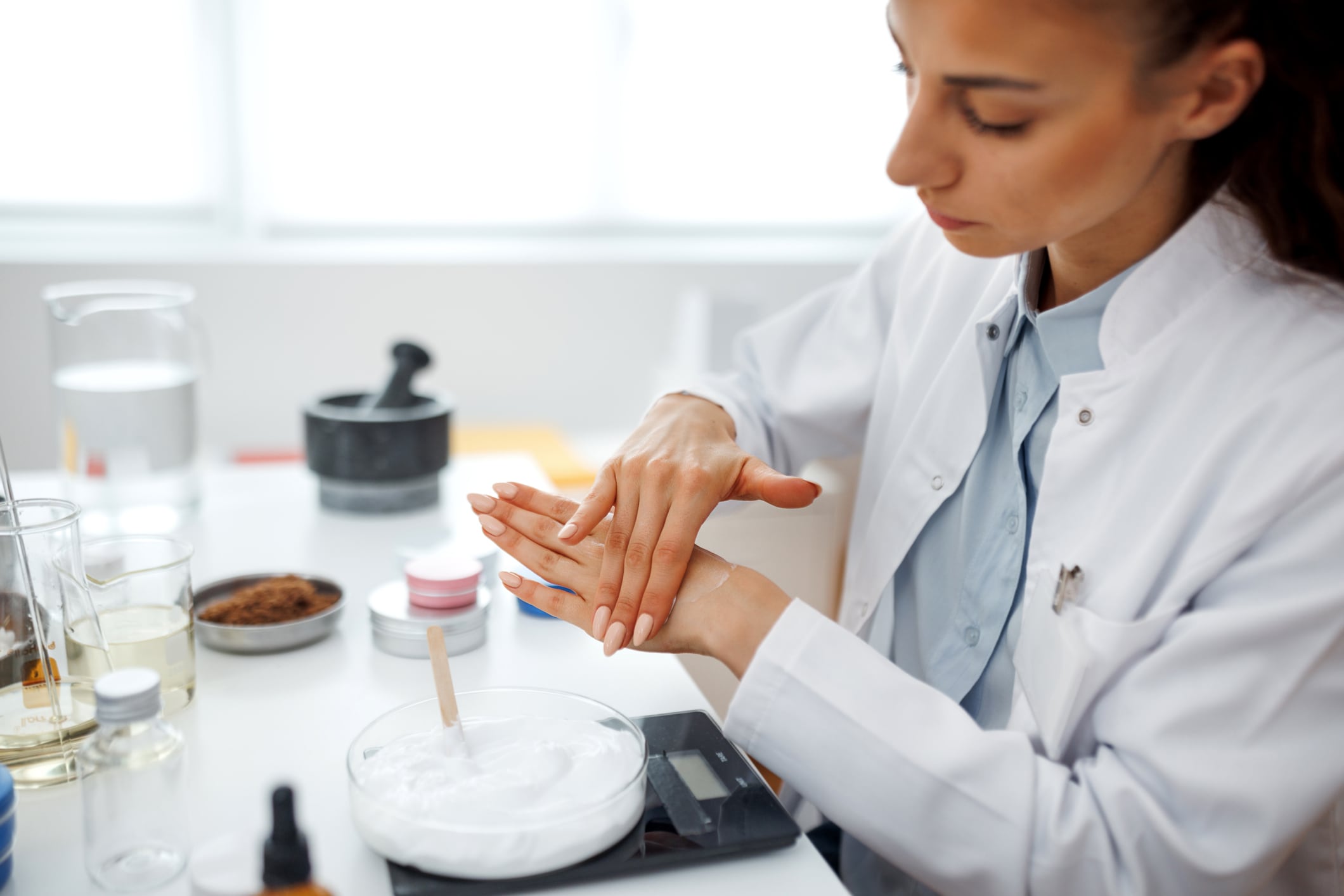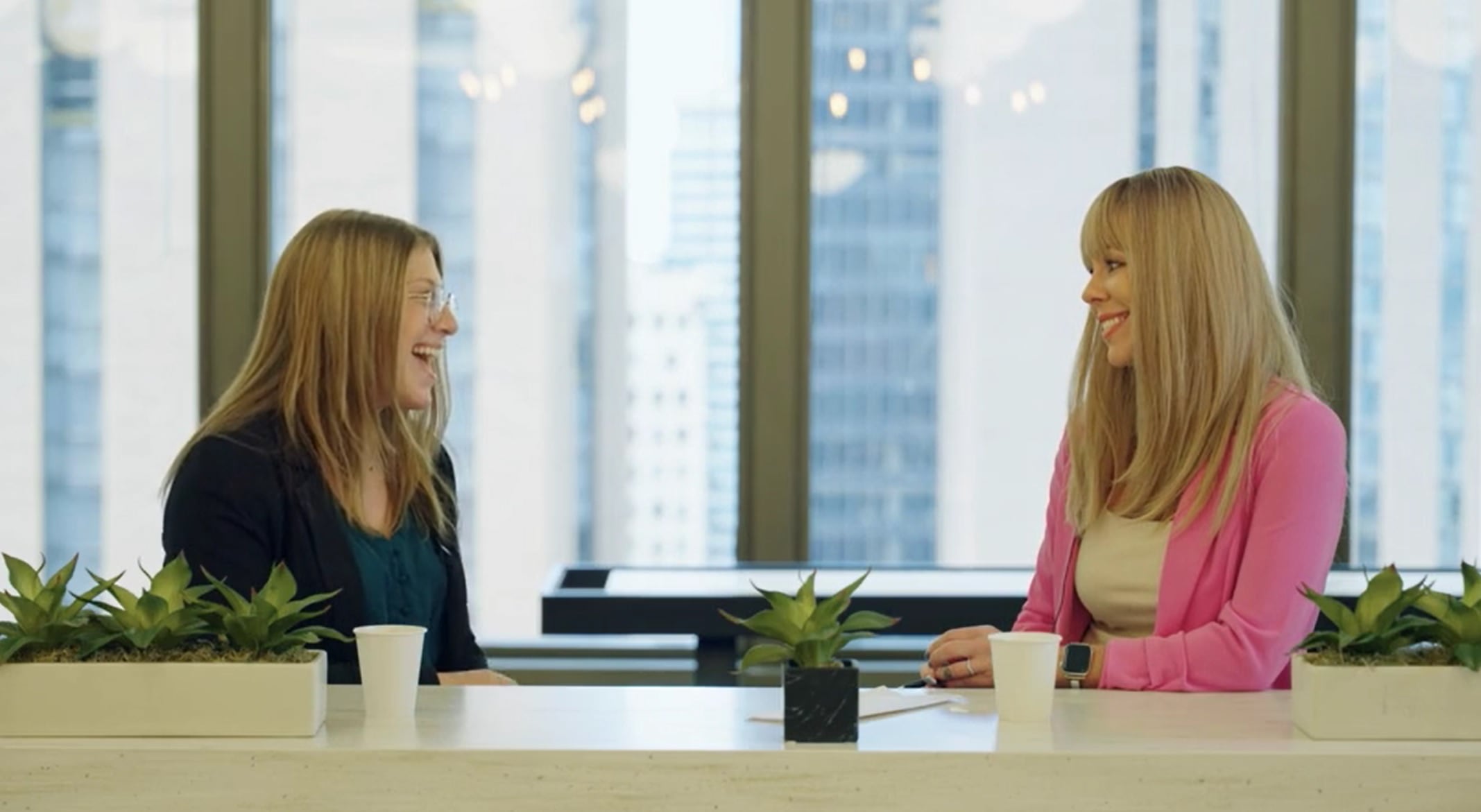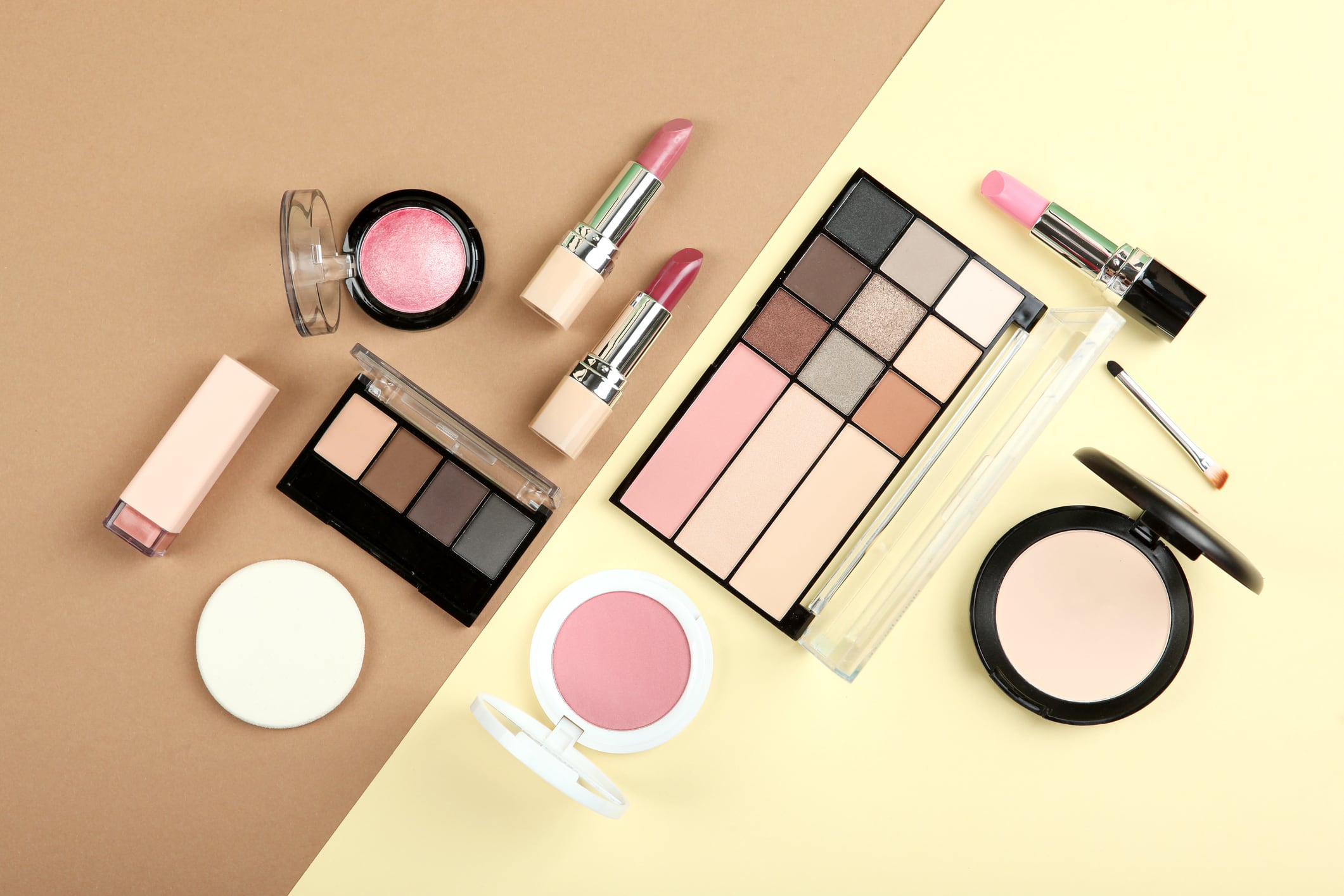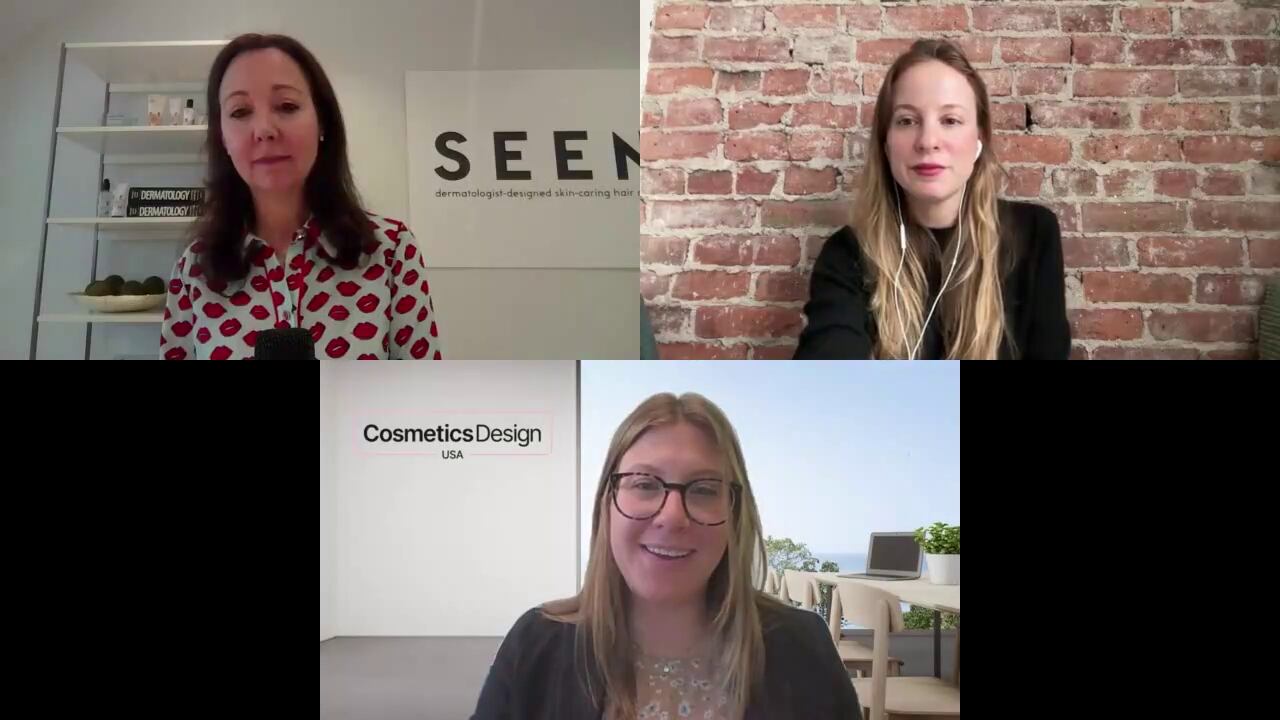Beauty consumers are increasingly prioritizing care, health, and self-expression over enhancement, according to new insights from consumer trend research firm Spate.
“Manufacturers should reframe product development around nourishment, repair, and preventative care, rather than surface-level enhancement,” Jenny Zeng, Beauty Insights Analyst at Spate, told us.
The company’s latest data reveals growing interest in ingredients that support the scalp, skin barrier, and microbiome, with key signals indicating a broader consumer shift toward functional, wellness-oriented beauty routines.
Ingredient trends: Scalp and skin health in focus
Spate’s year-over-year search data shows strong interest in ingredients associated with nourishment and recovery. Batana oil, often associated with scalp and hair care, experienced a +373.1% increase in search popularity. Beef tallow also experienced over 1,000% growth in connection with facial skin care products.
Zeng emphasized the importance of these trends for product development: “This means embracing ingredients that reinforce the skin and scalp health.” Beyond formulation, she advised brands to position products as part of “daily wellness rituals, not just solutions to problems.”
Consumer education as a differentiator
With increasing consumer curiosity around ingredient function and long-term benefits, educational content is becoming a vital competitive tool. “Brands should provide simple, science-informed content that teaches consumers how these ingredients work and why consistent use matters,” Zeng said.
Platforms like TikTok are proving particularly influential, offering opportunities to build trust and demonstrate product effectiveness. Zeng recommended “behind-the-scenes content, derm advice, and visual skin care routines that incorporate ingredient benefits” as effective communication strategies.
Microbiome and skin barrier claims gain ground
Interest in therapeutic skin care is rising, especially in products that support the skin’s microbiome and barrier function. According to Spate, there’s a +54.5% combined growth in skin barrier repair claims and a +60.4% YoY growth in relief-related skin care searches.
“Consumers are leaning into proactive skin health,” said Zeng. “To resonate, brands must go beyond general beauty claims and adopt precision messaging rooted in functional science.”
For example, she illustrated that “positioning a moisturizer as ‘strengthening the skin’s defense layer’ is more impactful than simply calling it ‘hydrating.’”
New territory: Temporary hair and expressive aesthetics
Spate’s data reflects that consumer appetite for aesthetic experimentation is also expanding, particularly in hair. Zeng cited examples like calico hair, sunset shades, and pixie mullets, which show “a growing consumer desire to experiment with appearance in ways that reflect mood, identity, or trends without long-term commitment.”
This trend opens the door to new product formats such as wash-out color gels, semi-permanent dyes, hair stickers, and clip-in extensions. She also highlighted the opportunity in curated makeover kits: “Mini makeover kits curated for a trendy aesthetic… can tap directly into TikTok subcultures and empower self-expression in a low-risk, playful format.”
She added that TikTok remains central for marketing these innovations, encouraging brands to use tutorial-driven content that mirrors viral transformation themes.
“This not only encourages experimentation,” she concluded, “but also builds viral potential through shareable makeovers.”





